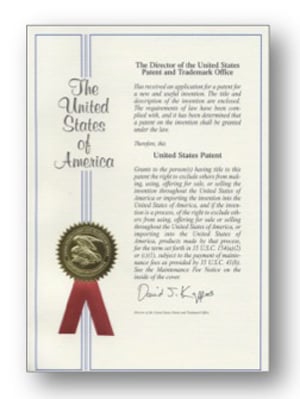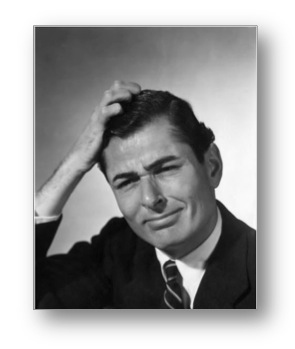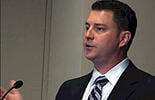 by Ryan H. Flax
by Ryan H. Flax
(Former) Managing Director, Litigation Consulting
A2L Consulting
One of the most controversial and followed topics of U.S patent law in the last few years is that of patent eligibility. This subject has been litigated to the Supreme Court and to the U.S. Court of Appeals for the Federal Circuit over scientific subject matter spanning software to biotechnology, with mixed results.
The bottom line is that abstract ideas and natural phenomena are not patent eligible. Both simple steps performed by a computer and treating disease with a metabolite fabricated by understanding how the body converts chemicals into useful, therapeutic substances have been held to be not-patent-eligible.
Conducting a business transaction similar to business transactions that have occurred for decades, but doing so over a network may seem logically not patent eligible. However, discovering how a drug is converted to another chemical in the body and then therapeutically using this information to teat a patient seems to be just the opposite and a patent-worthy innovation. It’s certainly arguable that both technologies should be patent eligible, but it all depends on how they’re claimed.
The USPTO’s general counsel, Bernard Knight, recently addressed an audience at the Fordham (law school’s) Intellectual Property, Media & Entertainment Law Journal’s annual symposium and expressed his and the Patent Office’s frustration with the lack of guidance from the high court on this foundational legal issue. Mr. Knight reportedly explained, "We have 7,000 examiners that have to make patent eligibility decisions every day, and it's very difficult to do that when the only guidance from the Supreme Court is that software is not patent-eligible if it's an abstract idea."  It seems that the USPTO is not really sure what the law is or how to correctly apply it.
It seems that the USPTO is not really sure what the law is or how to correctly apply it.
So – if the government agency responsible for granting patents finds patent law difficult to understand, how well do you think your jurors are going to get the concepts of infringement, the doctrine of equivalents, anticipation, and obviousness (and, yes, patent eligibility)? Not too clearly is my guess (actually, it’s more than a guess – I know they don’t really get it).
Hence, your job. Make jurors (or even the court itself) understand or think they understand the law and also see it your way. But, this is no easy task, which is lucky for you and I both since, if it were easy, clients wouldn’t need us.
There are good reasons that more than half of A2L Consulting's trial graphics and litigation consulting work is related to patent cases: patent typically involve complex and technical subject matter that must be explained to non-technical judges and jurors, the cases frequently make it to trial because settlements are often more difficult to craft in patent cases, and patent cases may often have hundreds of millions or even billions of dollars at stake (which is another reason they don’t settle).
A2L’s extensive experience in intellectual property litigation and patent trial graphics has proven that there is no more effective manner in which to present this type of information than through a visual format. The use of animation, in particular, in order to simplify issues and educate the modern day jury is akin to the Discovery Channel educating an entire generation of TV viewers.
Don’t let your jurors become frustrated (like the USPTO) with your case because they want to, but cannot understand it. Make your trial presentation, including the explanation of the facts and how the fit nicely into the law, as persuasive as it can be using all the tools at your disposal. You must use graphics to teach and persuade.
Other Articles and Resources Related to Patent Trial Graphics on This Site:





Leave a Comment